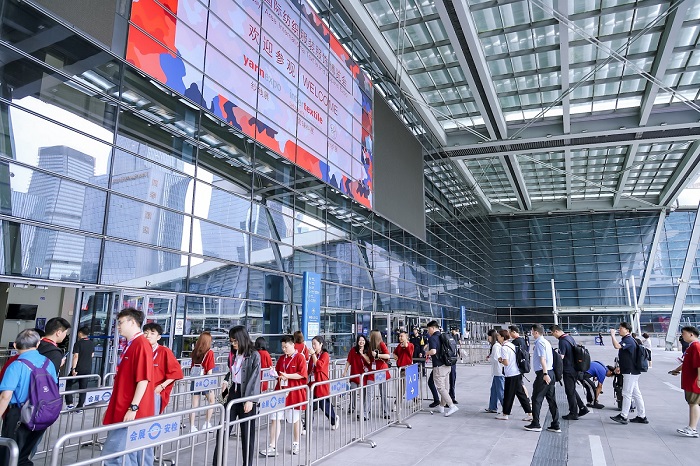
After a year marked by high production, fluctuating raw material costs, and inventory devaluation, the polyester filament yarn (PFY) industry is cautiously optimistic about 2025. Manufacturers are anticipating improved profits due to production slowdown, stable raw material prices, and robust downstream demand. However, amidst these prospects, challenges loom, including potential trade tensions and the imperative to adapt to evolving global supply chains.
Global market overview
The global PFY market is dynamic and influenced by numerous factors. First, strong economic growth in developing countries, particularly in Asia Pacific, propels demand for textiles and apparel, thereby boosting PFY consumption. Price volatility is another factor as fluctuations in crude oil and petrochemical prices directly impact PFY production costs, influencing global pricing dynamics. Advances in manufacturing processes and the rise of eco-conscious consumerism are also driving demand for recycled and sustainable PFY options.
Table: Global PFY market trends
|
Region |
Production (mn ton) |
Consumption (mn ton) |
Key trends |
|
Asia Pacific |
55 |
48 |
Dominant producer and consumer; growth driven by China and India |
|
North America |
5 |
6 |
Stable demand; focus on recycled PFY |
|
Europe |
4 |
5 |
Mature market; emphasis on high-quality and sustainable PFY |
|
Rest of the World |
6 |
7 |
Emerging markets; increasing consumption of textiles and apparel |
Source: Statista, 2024 estimates
Regional insights
Asia Pacific: Dominates both production and consumption of PFY, led by China and India. The region benefits from large-scale production capabilities and competitive pricing pressures.
North America and Europe: Focus on high-quality and sustainable PFY products, commanding higher prices and profit margins despite stable demand.
Rest of the world: Emerging markets show increasing consumption of textiles, contributing to PFY market growth.
PFY prices vary significantly across regions due to production costs and market dynamics. While Asia Pacific maintains lower prices due to competitive pressures, North America and Europe capitalize on premium pricing strategies. Profit margins reflect this disparity, with developed regions generally enjoying higher margins.
Focus on China
China stands as the largest producer and consumer of PFY globally. Despite profit pressures in 2024, stemming from high production levels and inventory challenges, 2025 presents a more optimistic outlook. Moderated capacity expansions and stable raw material costs are expected to bolster profitability. Investments in downstream processes like POY (Partially Oriented Yarn) production further enhance market stability.
India, riding the wave of textile growth
India's PFY sector shows robust growth due to domestic consumption and export opportunities. Prices are generally lower than in developed regions but higher than in China. Profit margins are healthy and are expected to improve further in 2025 due to increased demand and government support.
Government initiatives like 'Make in India' support industry expansion, with a focus on innovation and sustainability. Leading players such as Reliance Industries are spearheading capacity expansions and eco-friendly manufacturing practices, positioning India for continued market leadership.
Table: India PFY market overview
|
Metric |
2023 |
2024 (estimated) |
2025 (projected) |
|
Production (mn tons) |
5 |
5.5 |
6 |
|
Consumption (mn tons) |
6 |
6.5 |
7 |
|
Exports (mn tons) |
1 |
1.2 |
1.5 |
|
Capacity growth rate (%) |
8 |
10 |
8 |
|
Average price ($/ton) |
1,800 - 2,300 |
1,900 - 2,400 |
2,000 - 2,500 |
|
Profit margin (%) |
7-10 |
8-12 |
9-14 |
Source: Ministry of Textiles, India, and industry reports
Despite positive forecasts, the PFY industry faces challenges such as price volatility and geopolitical tensions impacting global trade. However, these challenges also present opportunities for innovation and market diversification. Investments in sustainable practices and market expansion into new regions mitigate risks while enhancing competitiveness.
The global PFY market is poised for steady growth in 2025, driven by sustained demand for textiles and apparel. While China anticipates improved profitability through controlled expansion and stable costs, India benefits from domestic growth initiatives and sustainability investments. Navigating challenges like trade tensions requires strategic adaptation and innovation, ensuring resilience in a competitive global landscape.











